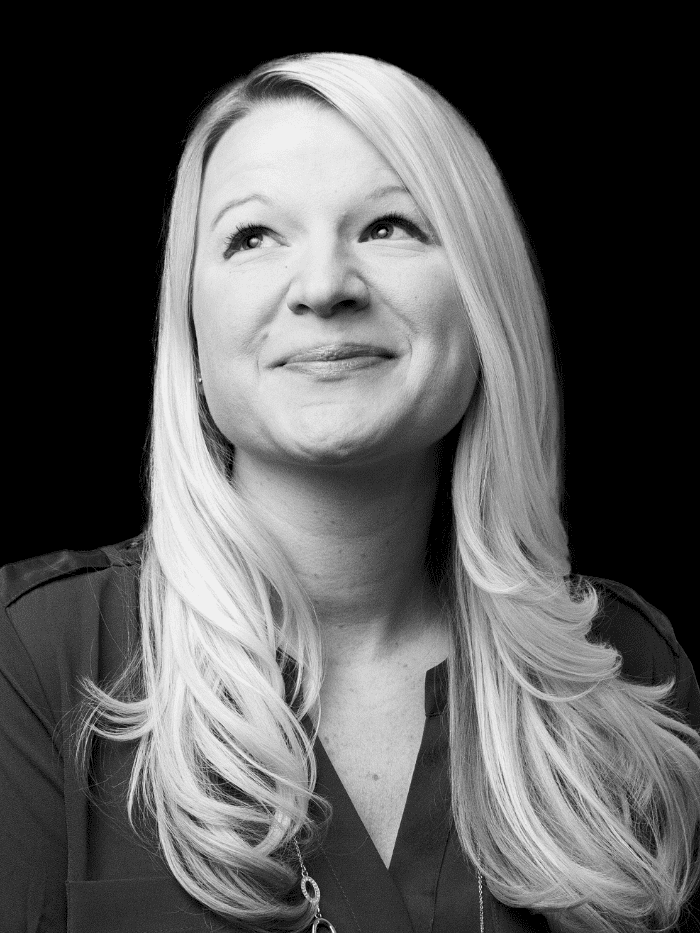Learn more about Christine:
- Oversaw launch of urgent care chain in eastern Washington resulting in 30% month-over-month patient volumes above goal during launch
- Led public advocacy and campaigns including for Washington Health Care Association, Washington Association of Counties, Washington Association of Cities, Kalispel Tribe of Indians, WSU Spokane and more
- Co-managed the community engagement and advocacy effort to create the WSU Spokane Elson S. Floyd College of Medicine including the successful legislative effort to change the law allowing for the school
- Serves on board for Washington State Charter School Commission, formerly PRSA North Pacific District past Board Chair and PRSA Greater Spokane
- Chairs Public Policy Council for Greater Spokane Incorporated; Board Member, Greater Spokane Incorporated
- Former Director of Communications for Deaconess Hospital, deep history working with health systems on patient experience, internal communications and service line rollout
- Speaks to industry conferences including PRSA ICON, PRSA Health Academy, SHSMD Connections
Christine’s take on:
Standing out in the marketplace — even when it’s scary
Christine goes deep on strategic communications for health care organizations, her experience honed at a large hospital system before she joined DH in 2010. She’s found that health care organizations gravitate toward branding and messaging that look and sound a lot like … other health care organizations’ branding and messaging.
Instead, Christine encourages hospitals and others to stand out. In a competitive sector, long-term success requires you to set yourself apart in ways that matter to your customers — even if it feels uncomfortable in a conservative industry.
“Help find what differentiates you from your competitors,” she says. “Maybe that’s your culture, your providers or your technology. Identify what makes your organization different from the others and how that aligns with what your community values. That intersection — that’s the sweet spot.”
What to do before a crisis
The best way to handle a public relations crisis, Christine says, is to prevent it from happening. That doesn’t mean covering up a problem. It means taking stock of your organization’s actions today — and how they align with your mission and values — and course-correcting if you’re headed down the wrong path.
You can prevent today’s uneasy feeling from becoming tomorrow’s crisis.
Christine says:
Communications professionals can be the conscience of an organization. If you see missteps in the works, speak up. Influence your leaders before things get worse.
Traveling the world with kids
Christine loves travel as a way to connect with people. Experiencing the art, history and food of other cultures “gives you the ability to empathize on a deeper level,” she says.
She also appreciates the way some cultures made it easy to travel with her elementary-age daughter.
“Americans are not great at recognizing what kids can do and how they can participate in society,” Christine says. “We sometimes underestimate their ability to see and learn and take in things — and how they add to situations. In Europe, kids are mostly welcome everywhere. Of course, in many countries they don’t welcome taking kids out for dinner, which is often after 8. That’s their threshold.”
Education
Bachelor of arts, public relations and political science, Gonzaga University
Accredited by the Public Relations Society of America
Leadership & Volunteering
Commissioner, Washington State Charter School Commission
Chair, Public Policy Council, Greater Spokane Incorporated
Board Member, Greater Spokane Incorporated
Board Member, Spokane County United Way
Past President, North Pacific District Council, Public Relations Society of America




